Market Analysis
In-depth Analysis of Alagille Syndrome Market Industry Landscape
The Alagille Syndrome market is witnessing significant trends influenced by advancements in genetic diagnostics, increased awareness, and a growing emphasis on targeted therapeutic interventions. A notable trend shaping the market is the improved understanding of the genetic basis of Alagille Syndrome. With the identification of mutations in the JAG1 and NOTCH2 genes associated with the syndrome, there is a heightened focus on genetic testing and diagnosis. Advances in genetic diagnostics, including next-generation sequencing technologies, contribute to more accurate and timely identification of individuals with Alagille Syndrome, facilitating early intervention and personalized management.
Technological advancements are playing a pivotal role in reshaping the market trends of the Alagille Syndrome. The integration of advanced imaging techniques, such as magnetic resonance imaging (MRI) and ultrasound, allows for comprehensive assessments of liver and cardiovascular involvement in individuals with Alagille Syndrome. This trend enhances diagnostic accuracy and aids in monitoring disease progression, contributing to a more nuanced understanding of the syndrome's clinical manifestations and guiding treatment decisions.
Another significant trend is the increasing awareness and advocacy efforts for Alagille Syndrome. Patient advocacy groups, healthcare organizations, and research institutions are working collaboratively to raise awareness about the syndrome, provide support to affected individuals and their families, and promote research initiatives. This growing awareness contributes to earlier diagnosis, improved access to specialized care, and a sense of community for individuals living with Alagille Syndrome.
Moreover, the market is witnessing a surge in research and development activities focused on novel therapeutic interventions for Alagille Syndrome. Pharmaceutical companies and researchers are exploring targeted therapies that address specific molecular pathways associated with the syndrome, aiming to alleviate symptoms and improve overall outcomes. This research-driven trend reflects a commitment to advancing treatment options beyond symptomatic management, potentially offering transformative solutions for individuals with Alagille Syndrome.
Collaborative efforts between healthcare professionals, researchers, and patient advocacy groups are shaping the landscape of the Alagille Syndrome market. Multidisciplinary collaborations aim to pool expertise, share knowledge, and conduct clinical trials to evaluate the safety and efficacy of emerging therapies. This collaborative trend fosters a comprehensive approach to understanding and addressing the complexities of Alagille Syndrome, leading to improved patient care and outcomes.
Furthermore, there is a focus on expanding access to specialized care and expertise for individuals with Alagille Syndrome. Centralized clinics and specialized healthcare teams provide comprehensive and coordinated care, addressing the multi-organ involvement often associated with the syndrome. This trend aims to enhance the quality of life for individuals with Alagille Syndrome by offering a holistic and patient-centered approach to medical management.
Despite these positive trends, challenges such as limited treatment options and the rarity of Alagille Syndrome persist. The development of targeted therapies is an area of active research, but the complexity of the syndrome poses unique challenges in identifying effective interventions. Additionally, the rarity of Alagille Syndrome makes it challenging to conduct large-scale clinical trials, highlighting the need for international collaboration and innovative trial designs to evaluate potential treatment options.

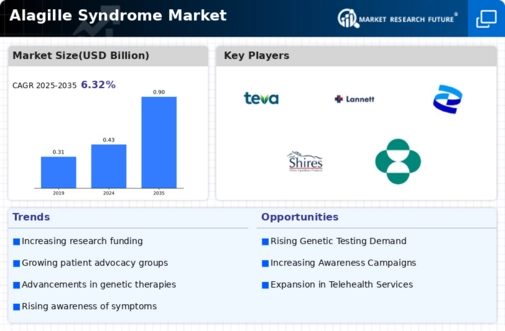

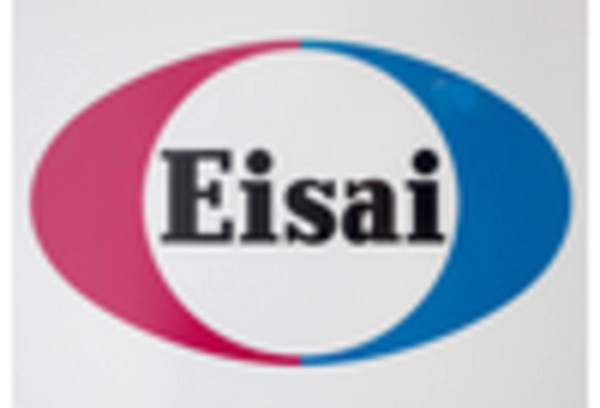
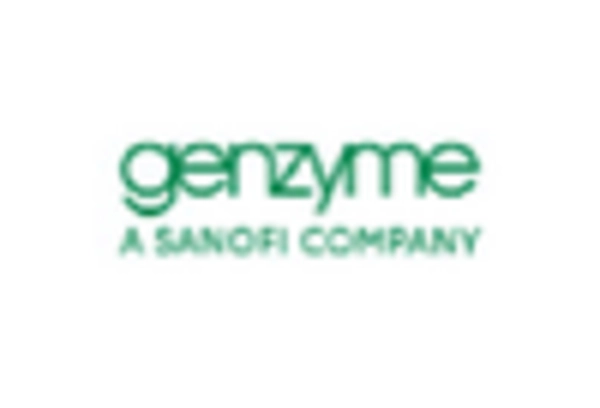
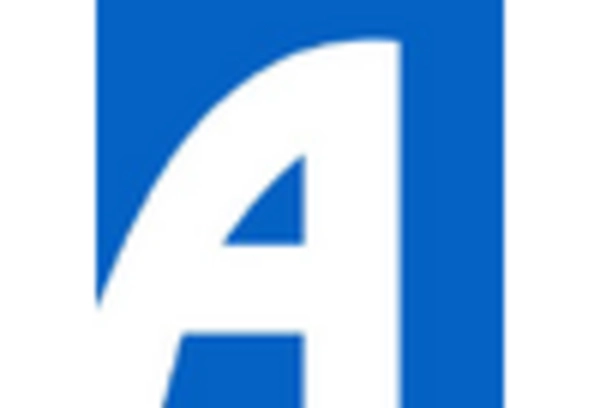
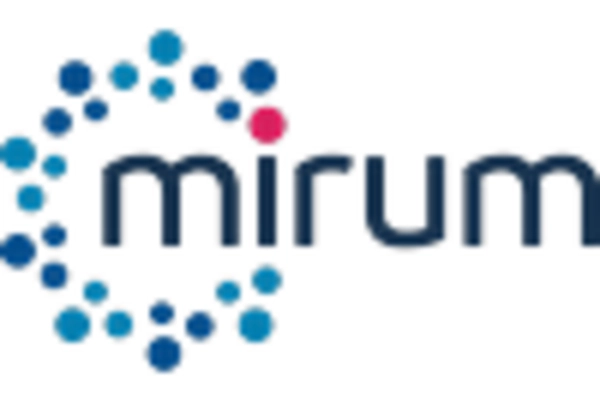
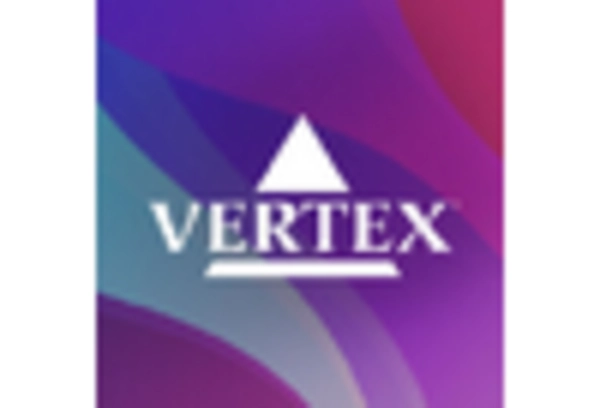









Leave a Comment